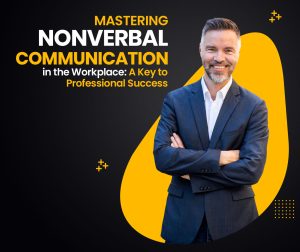The word Workshop evoke very different feelings in people, have you noticed?
“YES, now we get to do some group exercises and discuss!” some will say.
“Oh no, now we’re going to waste time talking and talk and I bet we must do group exercises…” others will moan.
Also, we have learned the hard way that some so called workshops wasn’t workshops at all.
At larger conferences, there are often a some keynote speakers in a large room where everyone will listen. Then the participants move to break-out rooms where the “workshop” is going to take place. But often it’s just another presentation followed by a half-confused Q&A session.
To facilitate a workshop is an art form in itself. If you think it’s just gathering people and hoping something’s going to happen, you have underestimated the job that’s needed to achieve success. But a good workshop becomes an opportunity for insights, consensus and action plans.
The right Question + the right Instruction + the right Atmosphere = a Great Workshop
How do you get to a great workshop? Here are some of my tips for you:
5 keys with tips helping you succeed with your workshop.
1. Add time to planning your workshop.
· Have a clear goal for the workshop, as well as a purpose to have the workshop at all.
· Invite the right people in good time. Include the goal and the purpose. This way, the participants subconscious mind can work and you get more out of each participant.
· Create an agenda but fill it only to 80%, so you’ll have a margin if you need to adapt to new insights along the way.
· Create clear instructions for each step. Keep in mind that in a workshop, the goal is set but the result is created by the group. It is your task to support that process.
· Use larger rooms than normal meetings. Furnish it to support dialogue. (Tip: cabaret seating is worthless for workshops. Islands/round tables are better).
2. Once in place, be ready with your preparation at least five minutes before the workshop
· Make sure that everything works (pens, post-its, projector, whiteboard, flipchart, etc.)
· Flip charts are great. Use them.
· Greet the participants. Put on some music.
· Group the participants with up to maximum 6 people around each table.
3. Create a positive atmosphere
· Start with an ice breaker. For example, you let the participants around each table share two truths and a lie about themselves. The others will guess which statement that was a lie and which ones were true. Before a creative workshop you can ask each group to come up with as many applications they can think of for an object like a book, tooth picks, a brick etc. Do something that gets people to open up.
· Get them to share something that got them happy the last week or so. It also creates a nice buzz.

4. Run the workshop
· Let them, sometimes, write down ideas or opinions by themselves, individually. That way, you get the introvert’s views because they will otherwise be shadowed by the extroverts.
· Give attention to everyone. Encourage and praise the participants. Notice if someone is shying away or become disengaged.
· Vary your methods so that it doesn’t become monotonous and tedious.
· Signal control and comfort. That you are on top of things. They should not worry that the process does not lead somewhere.
· Let them present, reflect and discuss along the way. It can be done in several ways. The most common is that one group at a time presents their findings. Just keep an eye on the clock since time can go really fast here.
5. Finish by summarizing and reflecting
· At the end of the workshop, you or the participants summarize what results/ideas/agreements etc. the group has achieved.
· If there are action point, highlight them a bit more. Who does what and when?
· Reflect on the process: What was good about the workshop? What could be better?
· Thank them all for investing their time, mind and heart into the workshop.
I wish you all the best with your creative, strategic, tactical, team-building, crisis-preparing come-together-as-a-team workshops!
//Antoni Lacinai
This was originally an article in LinkedIn



